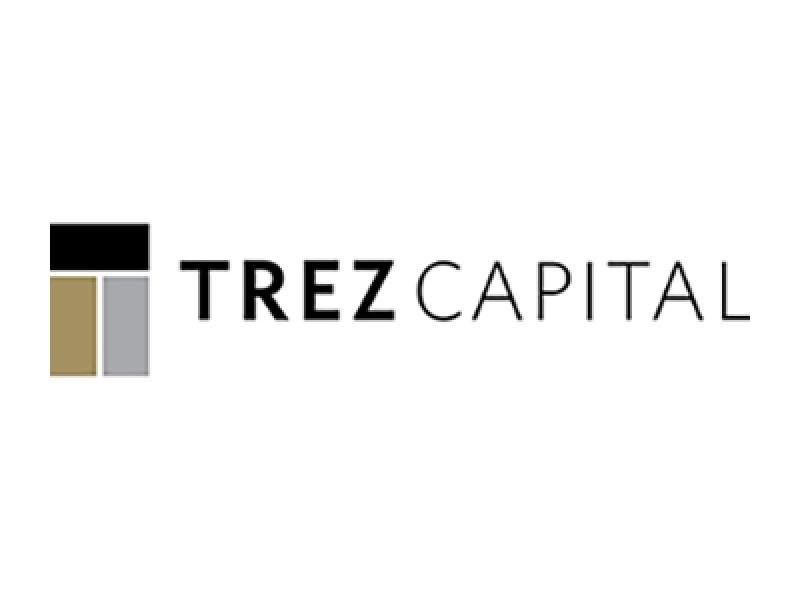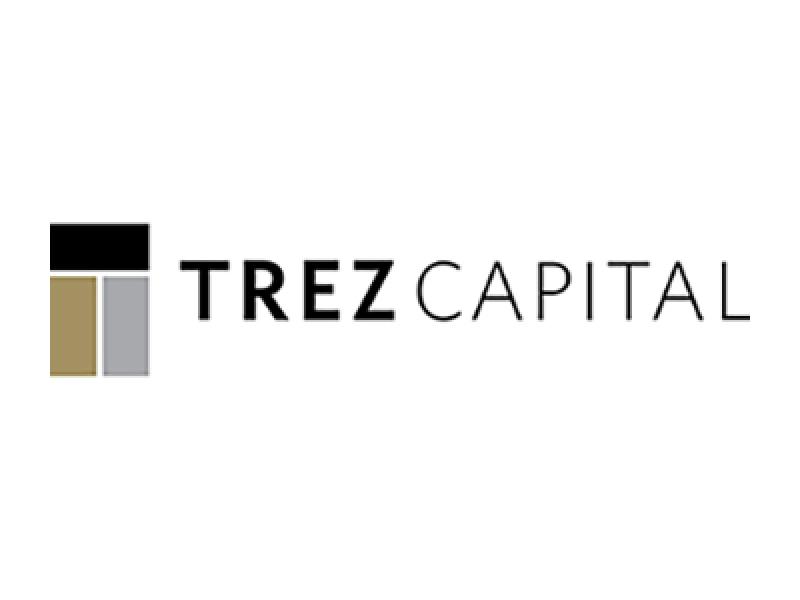As the Federal Reserve and Bank of Canada continue to combat inflation along with efforts to ensure a ‘soft landing’ to the predicted recession in 2023, the real estate investment market in North America is in flux. With continued rising interest rates and the downstream impact, investors are required to navigate this period of uncertainty and price discovery with increased vigilance.
Despite the lack of clarity, one thing is for certain – there remains a chronic shortage of housing across Canada and the United States. This undersupply, along with other factors, has been driving demand for both rental and housing sales in recent years. According to John Burns Real Estate Consulting, the U.S. needs to deliver 15.5 million dwellings over the next decade, however there will be an estimated shortage of 1.7 million homes at current production levels. This presents a long-term investment opportunity for real estate development. However, given today’s capital markets environment, investors must educate themselves on where the strongest investment opportunities are to achieve above average, risk-adjusted returns.
Development vs. acquisition strategy

SOURCE: Trez Capital
There are numerous reasons why development is an attractive investment strategy for investors in the current environment – North America’s housing supply and demand imbalance is only one reason. In a successful development, value is driven by a healthy profit margin between the project’s cost basis and stabilized value (See Figure 1). This in turn delivers a more attractive and effective entry price and creates additional investment upside. Real estate development by nature is complex, a typical project involves navigating various stages of production, such as entitlement, design, feasibility, construction, financing, and lease up and/or sale – much more than acquiring an existing property. This is an intricate process, but when executed properly, results in an asset that is catered to the ever-changing needs of tomorrow’s customer, whilst producing returns that can outperform other traditional acquisition strategies.
This compares to value-add strategies, where investors are confined to what they are buying, meaning extracting future value can be limited. This can also be an issue for long-term value prospects. With these projects, managers are generally beholden to the already existing structure of a building during a renovation, that is, the four walls, roof, and any load-bearing systems. Horizontal expansion that was not planned during the initial building design can often lead to disjointed spaces and inefficient properties, especially in high quality assets. Demand can be better met when the asset structure is more freely tailored to the needs of an individual market.
In a challenging real estate market, development projects also have the advantage of time. Projects that break ground today will be well positioned to capture the market recovery upswing, given the multiple-year timelines and delivery of brand-new product.
Understanding the risks and how to mitigate them
For investors to position themselves for success, it is crucial to not only understand the risks, but how they can be mitigated. The main risks of real estate development typically include entitlement, construction, and exit / ‘liquidity’.
For entitlement, capital is required upfront to obtain the relevant permits pre-construction. Inexperienced managers often underestimate the complexity of this process, resulting in delays and unforeseen pursuit costs. Trez Capital mitigates this risk by working with highly experienced local specialists – and most importantly – does not take entitlement risk. An investment is not entered into until all entitlements are in place.
Developments may also be exposed to delays, cost overruns, and environmental issues that can make the project no longer economically viable. At Trez Capital, we have eight offices across Canada and the U.S. to ensure that we have “boots-on-the-ground” and deeply entrenched relationships in the markets we invest in. We also ensure that various protection mechanisms are built into contracts with our partners. This includes ‘trade buyouts’ pre-closing to de-risk our position. We also rely heavily on conservatively priced development budgets with cost and time contingencies included to ensure our investors are protected in any scenario and market environment.

SOURCE: Trez Capital
Another important risk to consider is exit liquidity, which relates to the asset’s value upon completion. Trez Capital mitigates this with our extremely conservative underwriting processes, where we ensure that an investment will succeed with or without the effects of uncontrollable factors such as rental growth or cap rate compression (See Figure 2). In combination with controllable contingencies, every project has built-in downside protection whilst maintaining the ability to capture upside return potential.
The opportunities right now
Despite the risks and current market concerns, investors have a unique opportunity to capture outsized return by properly navigating the current real estate landscape.
The structural shortage of homes paired with population growth and market trends will continue to provide exciting development opportunities. Trez Capital has focused on the Sunbelt region of the U.S., and the states that we are active in such as Texas make up 67% of the expected U.S. population growth between 2021 and 2026, with growth rates being significantly higher than the national average according to ESRI Demographics. This select region is seeing growth due to its low-income tax, low cost of living and housing, and more favourable climates which has been driving job growth, population growth, and ultimately a continued need for new housing and opportunity for development.
For investors that hope to capture the opportunities available right now in development, Trez Capital has the experience, relationships, strategies, and skills in place to navigate both the expected and unexpected.












